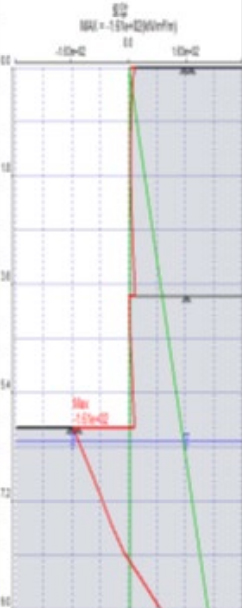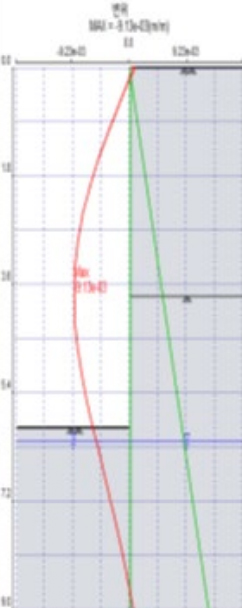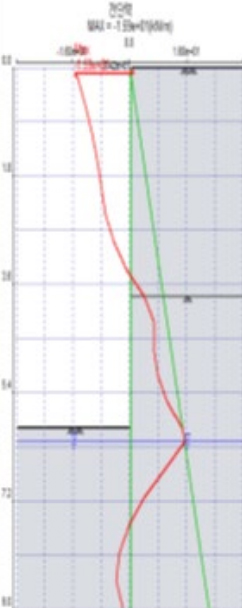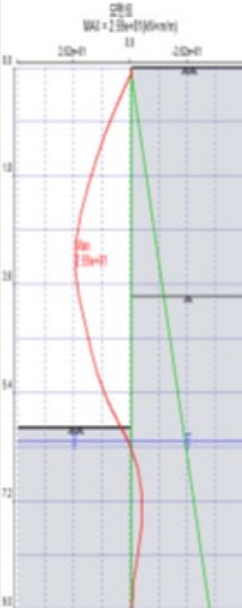| Concept Diagram |
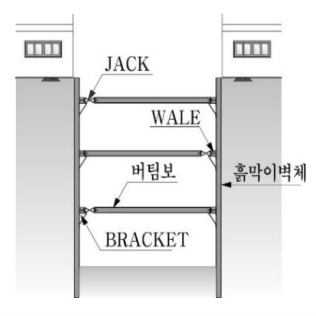 |
 |
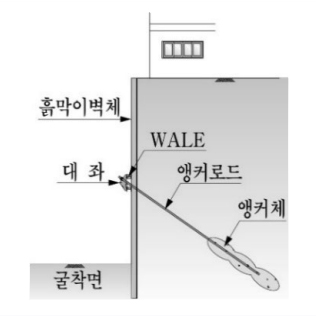 |
 |
| Method Overview |
- Supports earth pressure with a strut closely attached to the retaining wall
|
- Resists earth pressure by supporting the strut on a support block
|
- Installs a drilled anchor in the back and applies pre-stress to resist earth pressure through the frictional resistance of the anchorage
|
- Resists earth pressure through the resistance of the helix blades connected to the wall after inserting helix piles in the back
|
| Advantages |
- High stiffness of the strut
- No encroachment on adjacent land
|
- Applicable when site space is wide
- Requires less bracing
|
- Ample working space with minimal interference
- Economical for large excavation widths
|
- Simple construction
- Ample working space with minimal interference
- Economical for large excavation widths
|
| Disadvantages |
- Limited working space for excavation and structure work
- Vulnerable stability of the strut if span is extended
- Economically unfeasible for large excavation widths
|
- Poor constructability of the structure
- The underground section of the structure is constructed in two phases, raising concerns about construction delays
- If the support block is unstable, it can cause significant displacement.
- Stability decreases with deeper excavation depths
|
- Difficult to reinforce or repair
- Causes encroachment on adjacent land
|
- Difficult to construct in soft and hard rock layers
- Increased need for access when necessary
|
| Economic Feasibility |
100 (%) |
80 (%) |
90 (%) |
70 (%) |




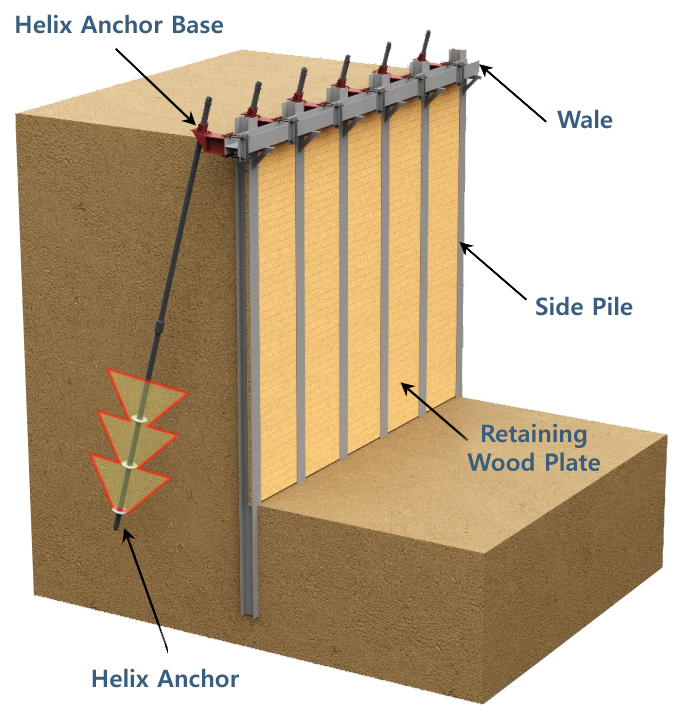
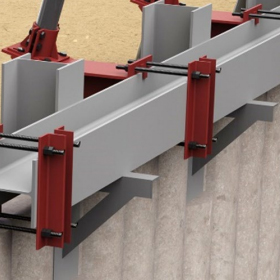 Example of CIP Method Application
Example of CIP Method Application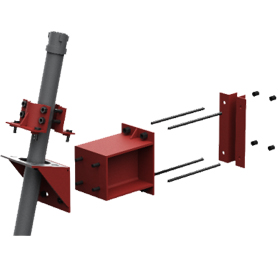 Helix Anchor Base Exploded View
Helix Anchor Base Exploded View